Milvus WebUI: A Visual Management Tool for Your Vector Database

Milvus is a high performance vector database. The distributed architecture makes it go very far in terms of scalability - it can scale to tens of billions of vectors. But there is also a downside of distributed databases - when something's not performing right, it can be tricky to understand why. That's exactly why we built Milvus WebUI. Think of it as turning your Milvus cluster from a black box into a glass house - every operation, bottleneck, and resource spike becomes instantly visible. Want to see what actually happens when your queries hit the system? Or why is that index build taking longer than usual? We've put all of that (and more) right at your fingertips.
What is Milvus WebUI?
Milvus WebUI is a built-in GUI introduced in Milvus v2.5 for system observability. WebUI comes pre-installed with your Milvus instance and offers immediate access to critical system metrics and management features.
WebUI vs. Other Tools: What Makes It Stand Out?
Milvus already has tools like Birdwatcher (CLI-based) and Attu (GUI for developers), so why would we need the WebUI?
Well, to provide higher scalability Milvus is designed with a distributed architecture (technically there are Milvus Standalone and Milvus Lite which runs on a single machine, but let's focus on Milvus Distributed for now), which means understanding its performance isn't straightforward. With multiple nodes, clients, and dependencies working together, it can feel like a black box. WebUI changes that by providing a comprehensive view of your system's inner workings, turning it into a white box.
Here's the deal:
- No setup headaches: It's already there when you start Milvus. Just point your browser to
http://${MILVUS_PROXY_IP}:9091/webuiand you're in. - Built for the real world: We focused on what operators actually need-system health, task tracking, and real-time metrics that matter.
- Everything in one place: No more jumping between tools. Monitor nodes, track clients, check dependencies, and catch slow queries all from one screen.
For teams evaluating their options, here's a quick comparison:
| Milvus Web UI | Birdwatcher | Attu | |
|---|---|---|---|
| Installation | Built-in | Standalone tool | Standalone tool |
| Interface | GUI | CLI | GUI |
| Target users | Maintainers, developers | Maintainers | Developers |
| Best For | System Monitoring, Performance Troubleshooting | Checking Metadata, Debugging | Basic Collection Ops |
| Available since | v2.5.0 | v2.0.0 | v0.1.8 |
What Can Milvus WebUI Do?

Milvus WebUI is your command center for managing Milvus. It turns a complex system into an intuitive, manageable interface. Here's a quick rundown of its capabilities:
- Monitor System Health: Keep an eye on nodes, clients, and dependencies from one dashboard.
- Manage Collections: Ensure your data is loaded and indexed correctly.
- Optimize Queries: Dive deep into query performance and resource allocation.
- Track Tasks: Stay on top of background processes like compaction and indexing.
- Identify Bottlenecks: Use the "Slow Requests" tab to pinpoint and resolve performance issues.
Let's have a deeper look
Imagine you're facing a performance issue. Here is how WebUI can help you navigate and solve it:
- Your First Stop: The Dashboard: When something feels off, start here. Think of it as your system's health scanner - instantly spotting if any nodes are struggling or if there's unexpected client behavior. You can catch issues like outdated SDKs or misbehaving components before they become real problems.
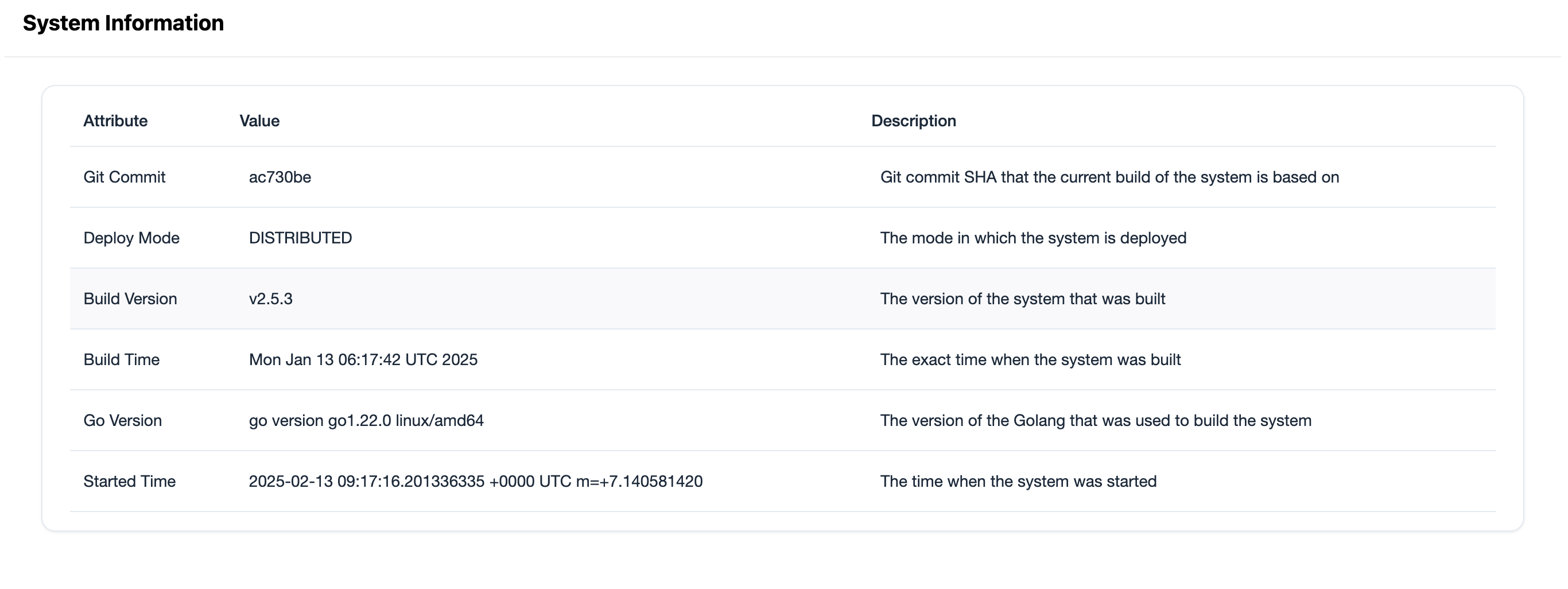
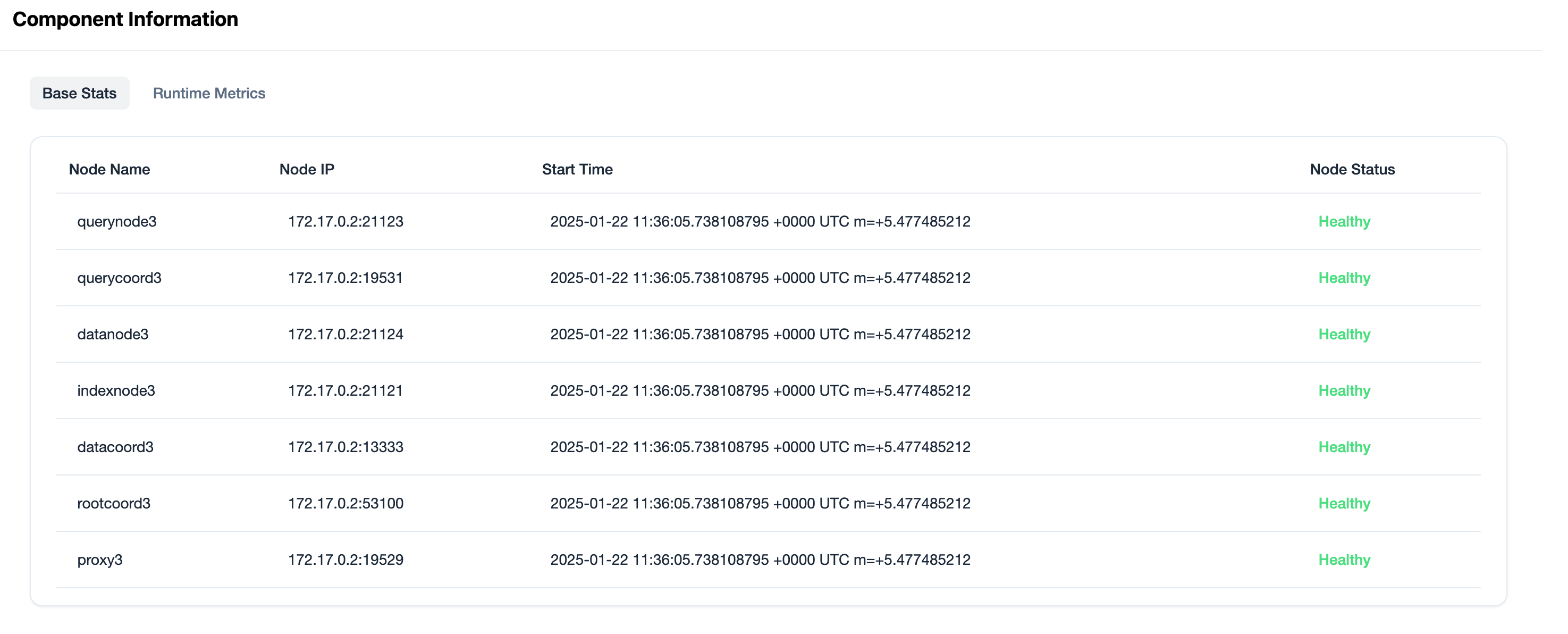
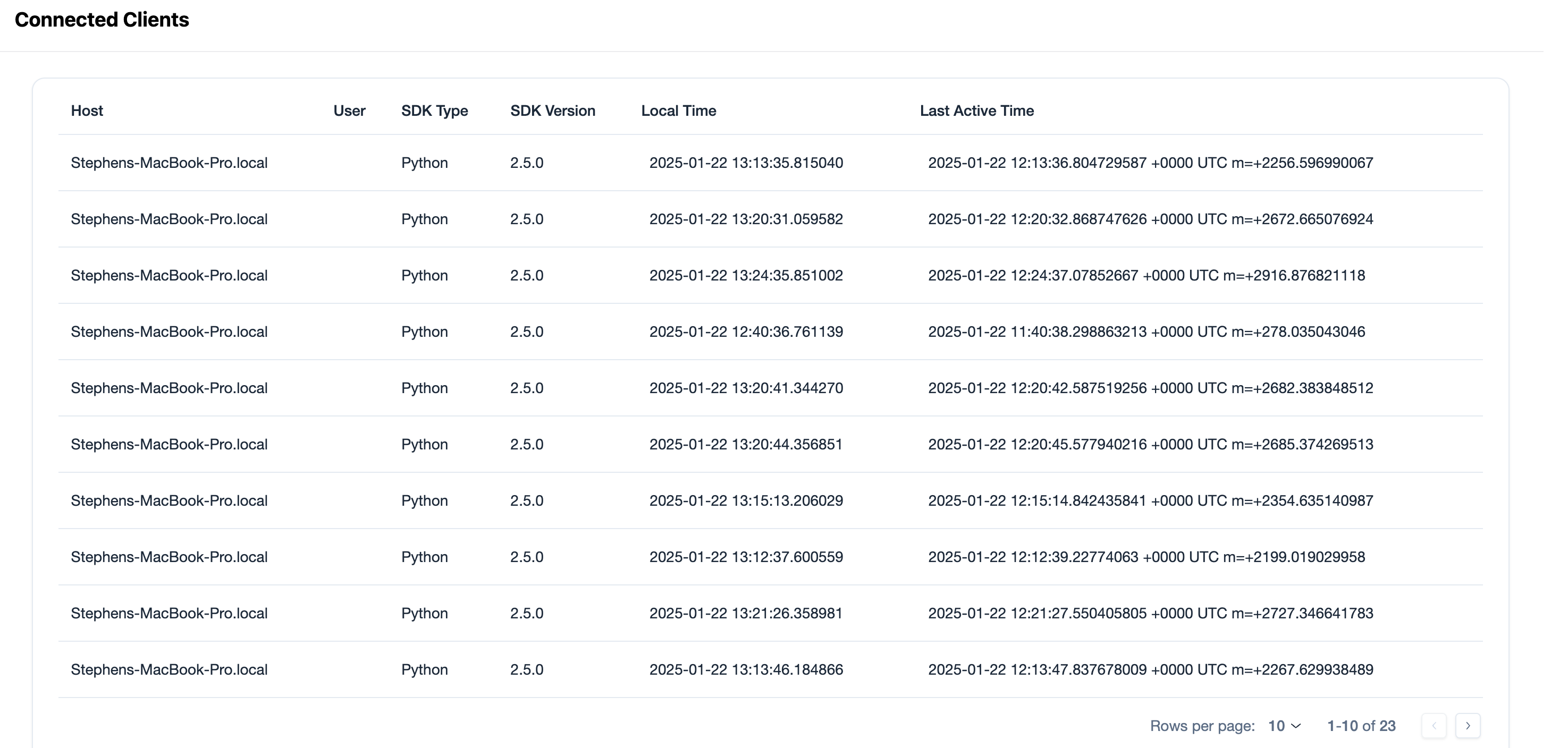

- Inspect Collections: Got some slow queries? Head to the Collections tab. This is where you can quickly verify if your collections are fully loaded and your indexes are ready to roll. It's like having x-ray vision into your data - you can instantly spot if that performance hiccup is just because part of your collection isn't loaded yet.
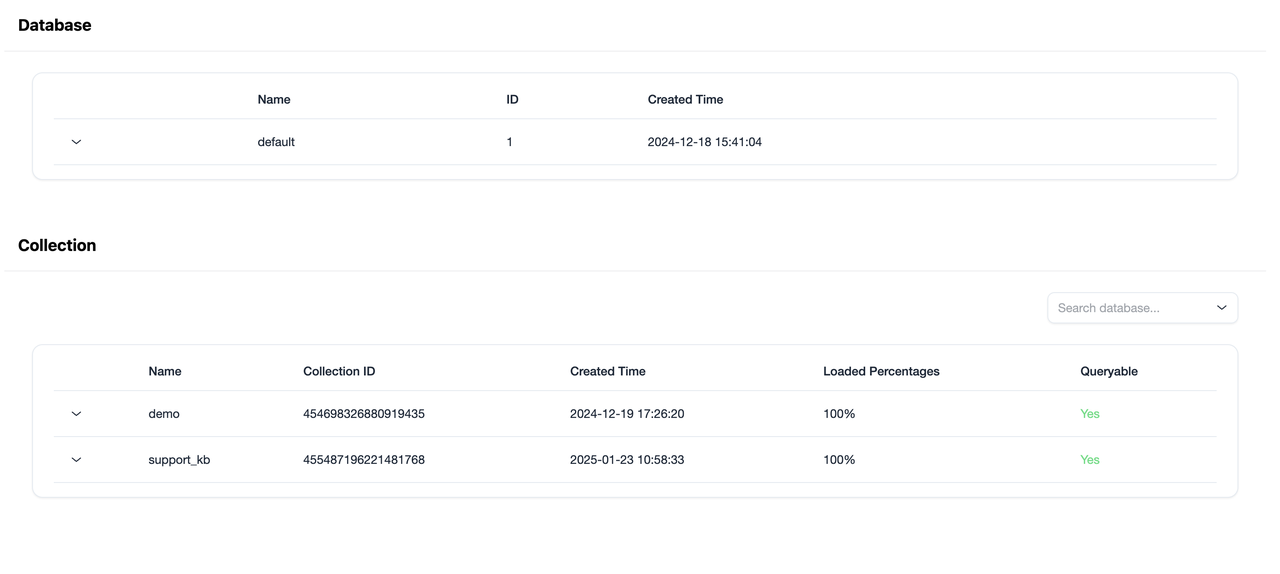
- Analyze Queries: Dive into the query analysis features. Watch your channels in action, and track how your replicas are performing. It's the difference between guessing what's wrong and knowing exactly where to optimize.
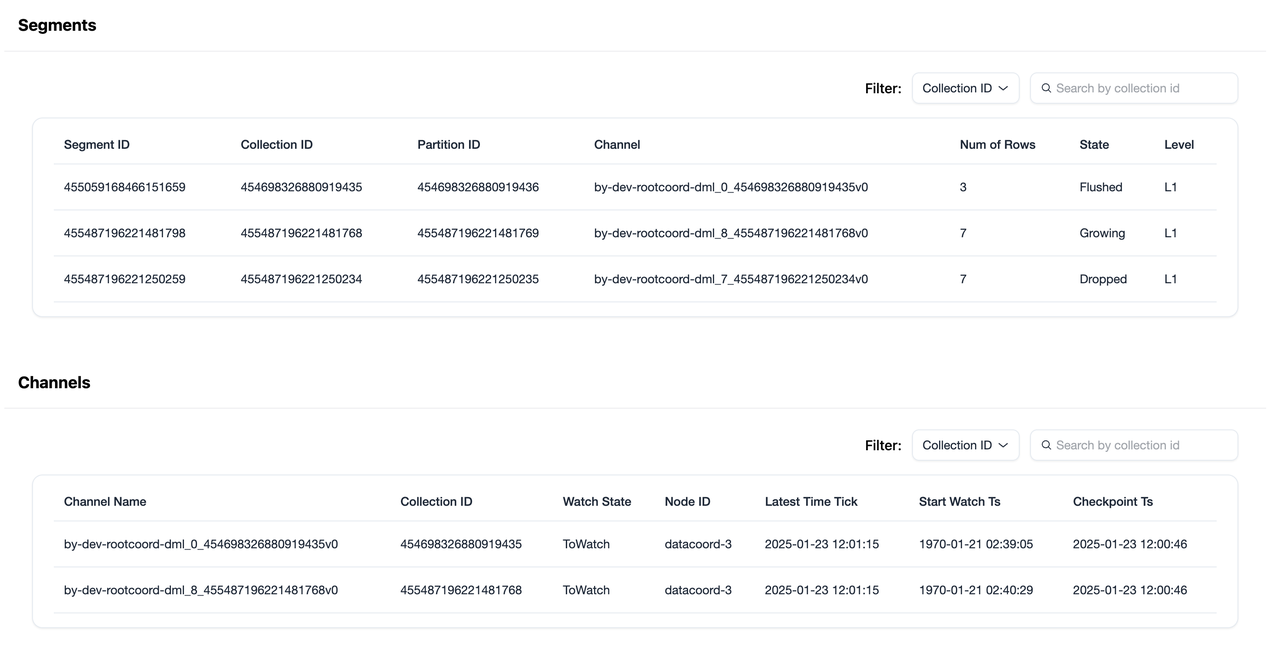
- Track Background Tasks: Ever wonder what's happening with that index build or compaction job? The Task Tracking feature can help you. Watch background processes in real-time, so you know exactly when your system is ready for that big query load.

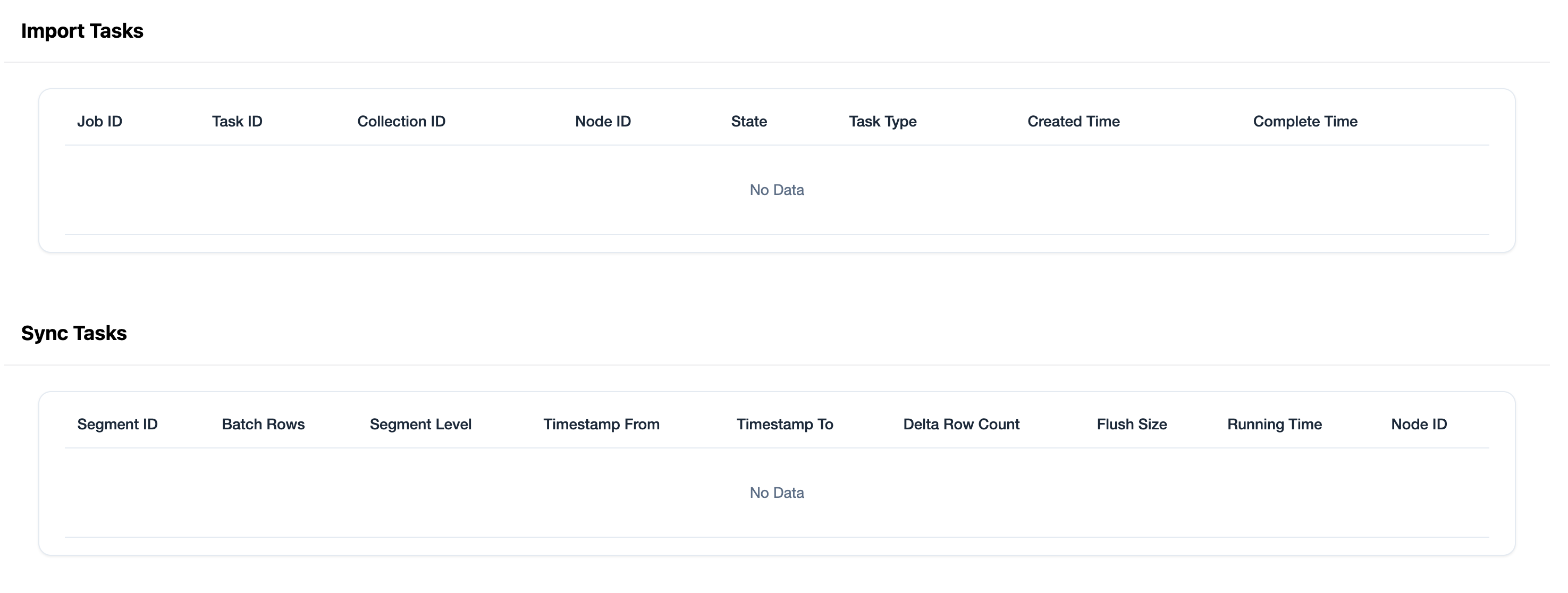
- Detect Slow Requests: Finally, use the "Slow Requests" tab to identify bottlenecks. Filter by time range to spot recent issues and review parameters to pinpoint inefficient queries.

Benefits for teams
What sets Milvus WebUI apart isn't just its feature set – it's how these features translate into practical benefits:
- Less Operational Hassle: No extra tools to install or maintain. It's there when you need it
- Faster Problem Resolution: Stop guessing what's wrong. See exactly what's happening in your system.
- Better Resource Utilization: Real-time insights mean you can optimize before things slow down.
Conclusion
Milvus WebUI won’t rewrite your workflow, but it does simplify the oversight work that often eats into development time. If you’re already using Milvus 2.5+, it’s worth some time exploring it — you might find yourself relying on it more than expected.
I hope you enjoyed this article, if you have any questions about Milvus WebUI or if you need help with Milvus, sign up for Milvus Office Hours ✨
Start Free, Scale Easily
Try the fully-managed vector database built for your GenAI applications.
Try Zilliz Cloud for FreeKeep Reading
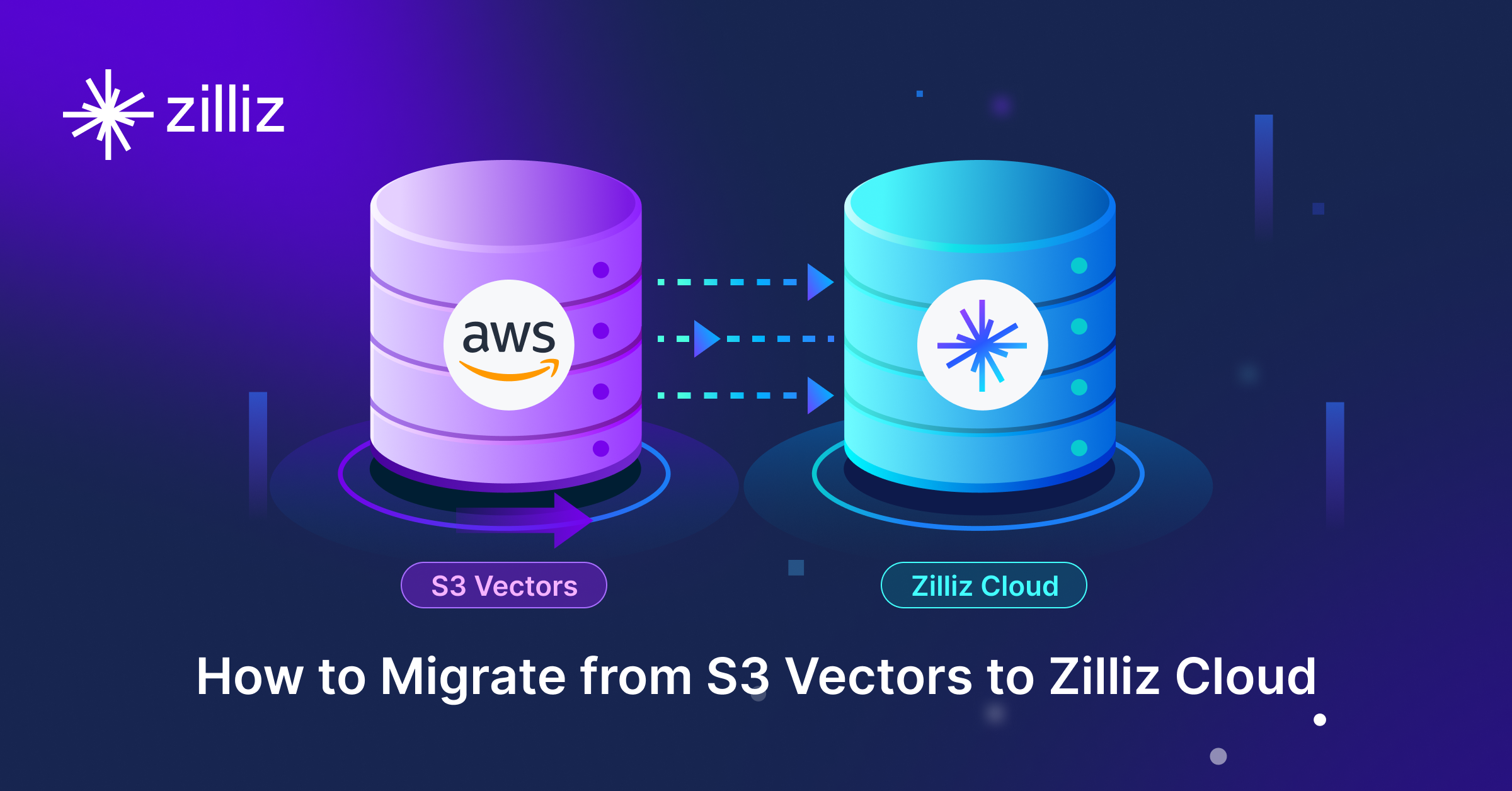
Migrating from S3 Vectors to Zilliz Cloud: Unlocking the Power of Tiered Storage
Learn how Zilliz Cloud bridges cost and performance with tiered storage and enterprise-grade features, and how to migrate data from AWS S3 Vectors to Zilliz Cloud.
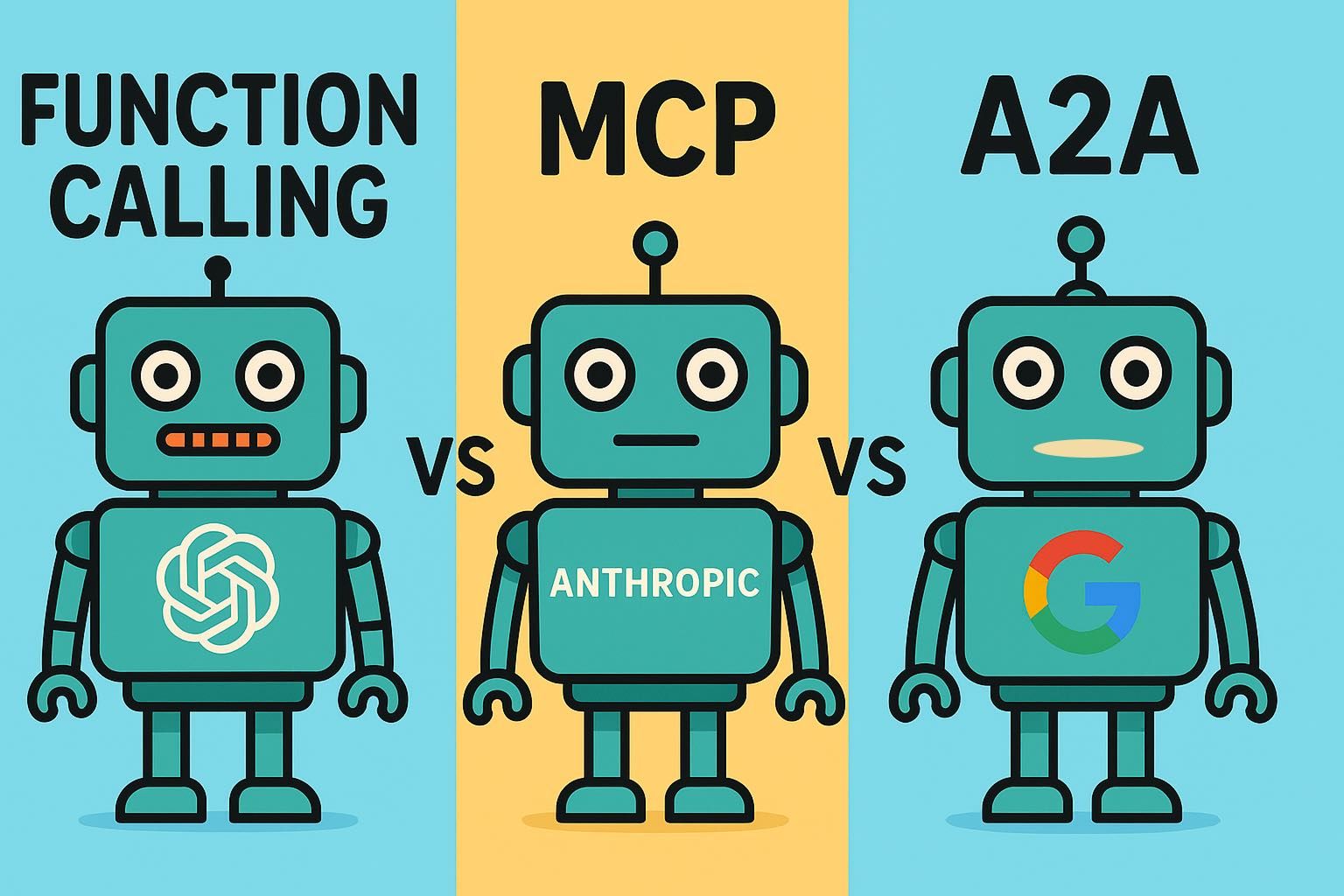
The Great AI Agent Protocol Race: Function Calling vs. MCP vs. A2A
Compare Function Calling, MCP, and A2A protocols for AI agents. Learn which standard best fits your development needs and future-proof your applications.
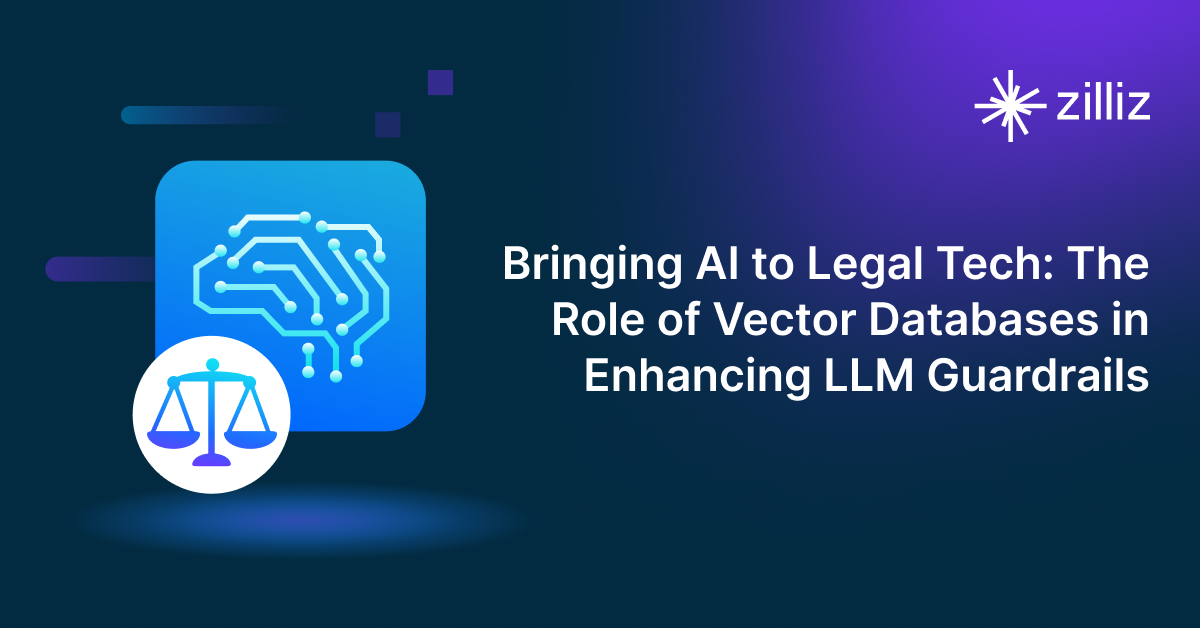
Bringing AI to Legal Tech: The Role of Vector Databases in Enhancing LLM Guardrails
Discover how vector databases enhance AI reliability in legal tech, ensuring accurate, compliant, and trustworthy AI-powered legal solutions.
